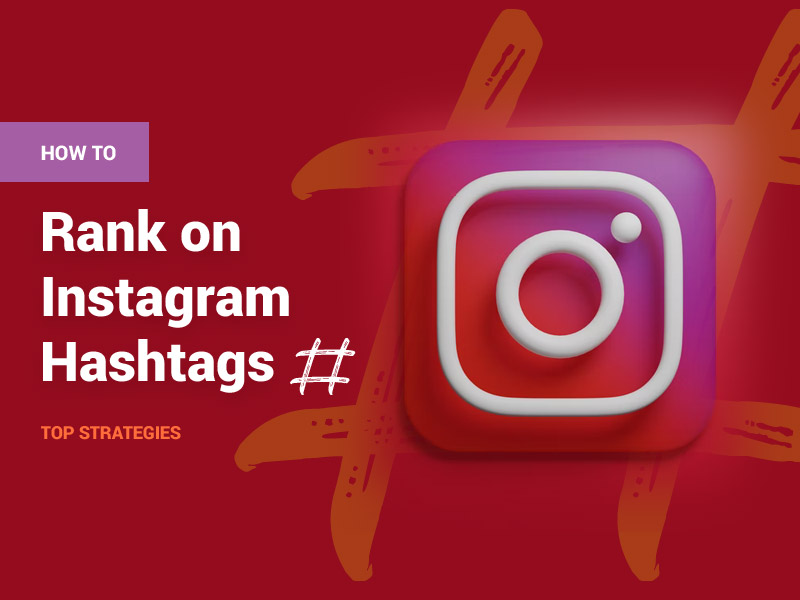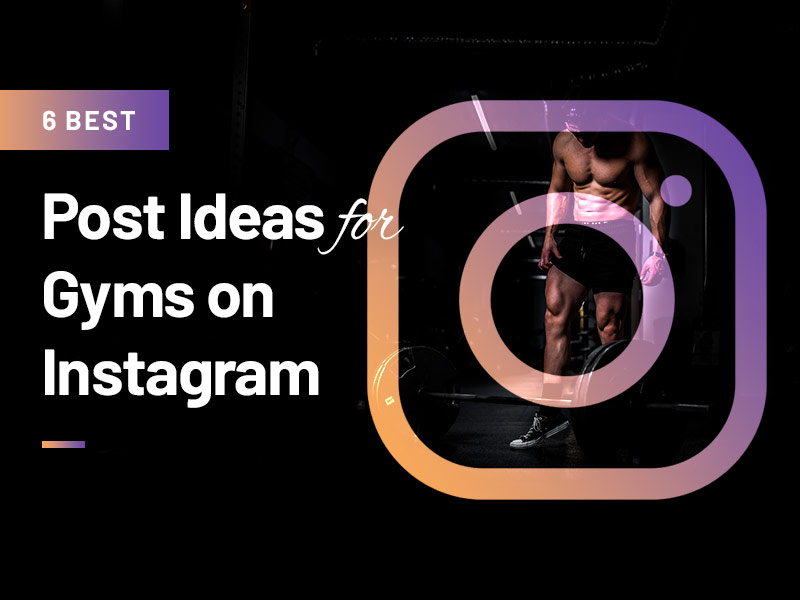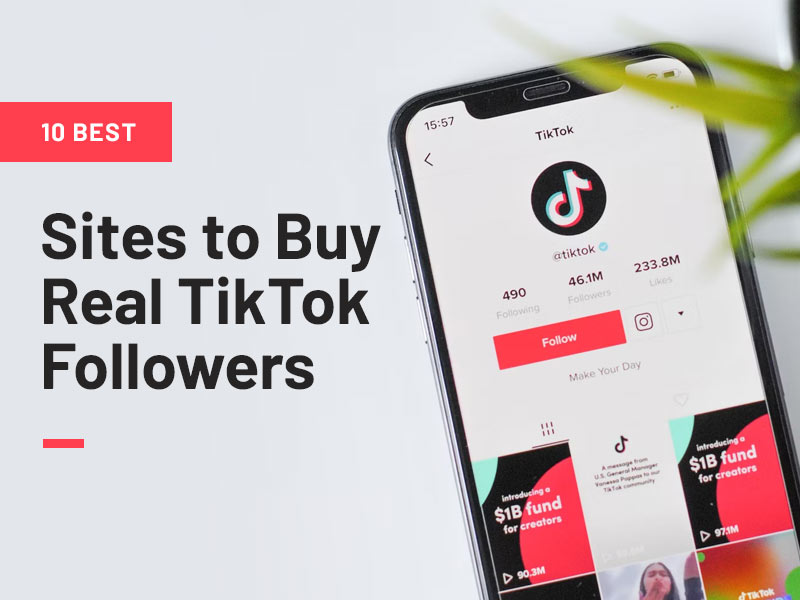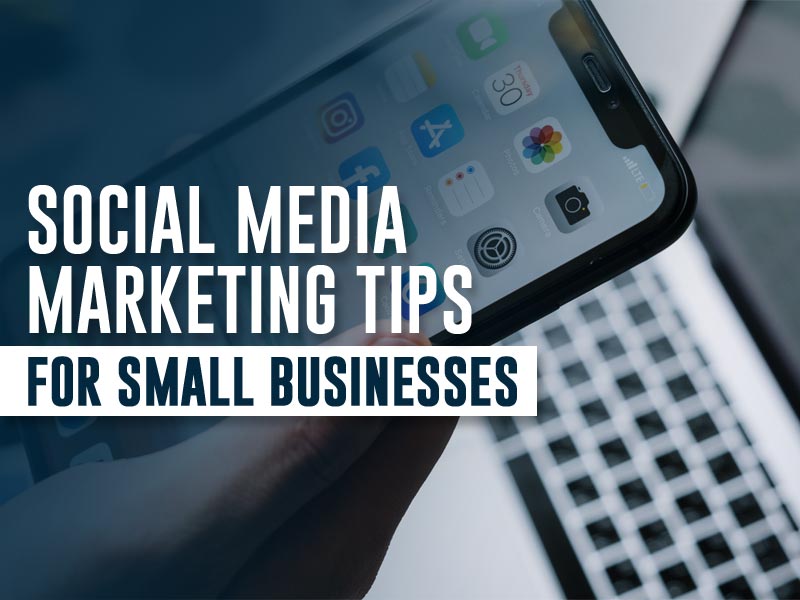Using Instagram hashtags is a powerful way for audiences to find the content that’s most relevant to their interests. With 2 billion active users, Instagram is not just a photo-sharing site, but a social media powerhouse that can help your brand reach a wider audience through increased visibility and search ability.
If your Instagram posts are not getting a lot of views, it’s time to implement a strategy to make your content more visible and searchable. This article explains how hashtags work and details how to rank on Instagram hashtags.
How Do Instagram Hashtags Work?
One of the most popular features on Instagram for users is the ability to add hashtags (#), which link to other posts with similar content. The more popular the hashtag, the more posts it will show.
Hashtags are words, phrases, or terms used to categorize posts and make them easier to find. They are widely used on Instagram as a way for users to find specific posts they are interested in.
From your brand’s point of view, hashtags are a valuable feature to keep track of topics that users are interested in reading about. Moreover, hashtags are an effective way to show your content to your followers as well as users that have yet to find you on Instagram.
Hashtags function like keywords in search engine optimization (SEO). They are used by the Instagram algorithm as a trigger point to categorize your posts and suggest them to relevant users.
So, when users search for hashtags related to the topic, they are served with content that are most relevant to their search queries. Using the right hashtags can help your brand reach people who are likely to engage and become customers.
Also read: 15+ Best Instagram Highlight Covers Templates
Types of Instagram Hashtags and When to Use Them
Hashtags are a great way of connecting and engaging with people on Instagram. That’s why there’s this misguided notion that the more hashtags you use, the more people can find your content and interact with your brand.
It’s not about the number but the quality of the hashtags that matters. Knowing the different types of Instagram hashtags will clue you in on which hashtags to use for your brand campaigns. These hashtags will make your post stand out and more likely to be interacted with by others.
Branded
The goal of using branded hashtags is to spread awareness about the company, brand, and related properties. Use this type of hashtag when you are promoting a new product, company event, or marketing campaign.
Examples: #FlickHashtagAcademy, #ShareACoke, #MyCalvins.
Instagram Community
A community hashtag is used to unify the discussion of various topics on Instagram. The goal is to bring together people with a common interest in a particular topic. Use this if you are promoting something that would be of interest to a specific community (e.g., #dogsofInstagram, #bakersofinstagram).
Descriptive
This type of hashtag describes the content of the Instagram post. Use this if you want a straightforward and concise way of highlighting the message you want to convey to the audience. You can also use this as a supplement to an image post. This way, people will get the context of your post.
For example: #ZeroWaste, #BambooToothbrush
Industry
This hashtag puts a spotlight on the industry, sector, or niche your business belongs in. Use this in your post if you want your business to be found by people who are looking for the types of products or services you provide.
For example: #EventPlanners, #Freelancers, #SaaS #Techfluencer
Location
Location-based hashtags indicate where you are posting from. This can include places where the post is taken from or location of an event. Users can then share their experience with others who might also be in the area or planning a visit in the future.
Use this hashtag if you are promoting an event, venue, travel destination, or location-based campaign.
Examples: #NOLA, #NYC, #BostonMarathon.
Special Events and Occasions
This type of hashtag draws attention to seasonal events, real holidays, and special occasions. Use this hashtag if your post relates to national or international events or happenings.
Examples are #NationalPizzaDay, #MothersDay.
Acronym Hashtags
This is used to shorten an otherwise long hashtag. Popular acronym hashtags include #OOTD (Outfit of the Day), #YOLO (You Only Live Once), and #TBT (Throwback Thursday).
Strategies to Rank on Instagram Hashtags
Ranking on Instagram hashtags in influenced by several factors, including relevancy, user engagement, and post precedence. If you tick all the right hashtag boxes, the Instagram algorithm will reward you by placing your content on the “Top Posts” for a particular hashtag.
Here are some of the best practices that you can implement to rank on Instagram hashtags. You can check out Flick’s free course on hashtag research and usage to take your growth to the next level.
1. Do hashtag research using the Instagram Explore Page.
Use keywords that are relevant to your content or brand. The top results are posts that are popular in your niche and performing well with the algorithm. Look at the hashtags and choose those that are in line with your brand and likely to work with your posts.
2. Use the Instagram tag search tool to determine hashtag volume.
Hashtag volume refers to the number of times a specific hashtag has been used on Instagram posts. This metric is important because it can help you determine which hashtags to use.
If the hashtag is too competitive with millions of posts using it, your content will be lost in a sea of posts. On the other hand, if the hashtag is only used in a few hundred posts, it means no one is using it and it will not help with your post’s discoverability should you use it. So, find the sweet spot and try to aim for hashtag volume not more than 200,000.
3. Use hyper-relevant hashtags.
Don’t fall into the trap of using general, top-level hashtags like #yoga, #fashion, or #football. Use relevant hashtags that are specific to your brand that will help the Instagram algorithm push your content to your target audience. For instance, instead of using #yoga, use #plussizeyoga.
4. Vary your hashtags on every post.
Instagram allows you to use 30 hashtags per post. This doesn’t mean that you should use the same 30 hashtags on every single post. You have to use hashtags that match your images, videos, and messages.
5. Monitor hashtag performance using Instagram Insights.
You can find out which hashtags get the most engagement and how many likes and comments you’ve received. If you want to grow your account, use these insights to understand what’s working for you and what isn’t, so you can implement the most effective hashtag in improving your reach.







